Table of Contents
Disclaimer: All images presented in this content are generated by artificial intelligence (AI) and any resemblance to real persons, places, or objects is purely coincidental.
Introduction
Have you ever sat in a park, gazing up at the sky, watching a bird soar effortlessly, and thought “What if humans could do that?” It’s a dream many of us have had. The sheer wonder of imagining ourselves gliding through the air, feeling the wind rush past, and viewing the world from a bird’s perspective. This dream, this fascination, is where the concept of bionics comes into play.
Bionics isn’t just a term thrown around in science fiction movies or high-tech labs; it’s a real and evolving field of study. At its core, bionics is about understanding and replicating the marvels of nature. It’s about observing the intricate designs, the delicate balances, and the sheer genius of natural evolution and then trying to emulate that in our technological advancements.
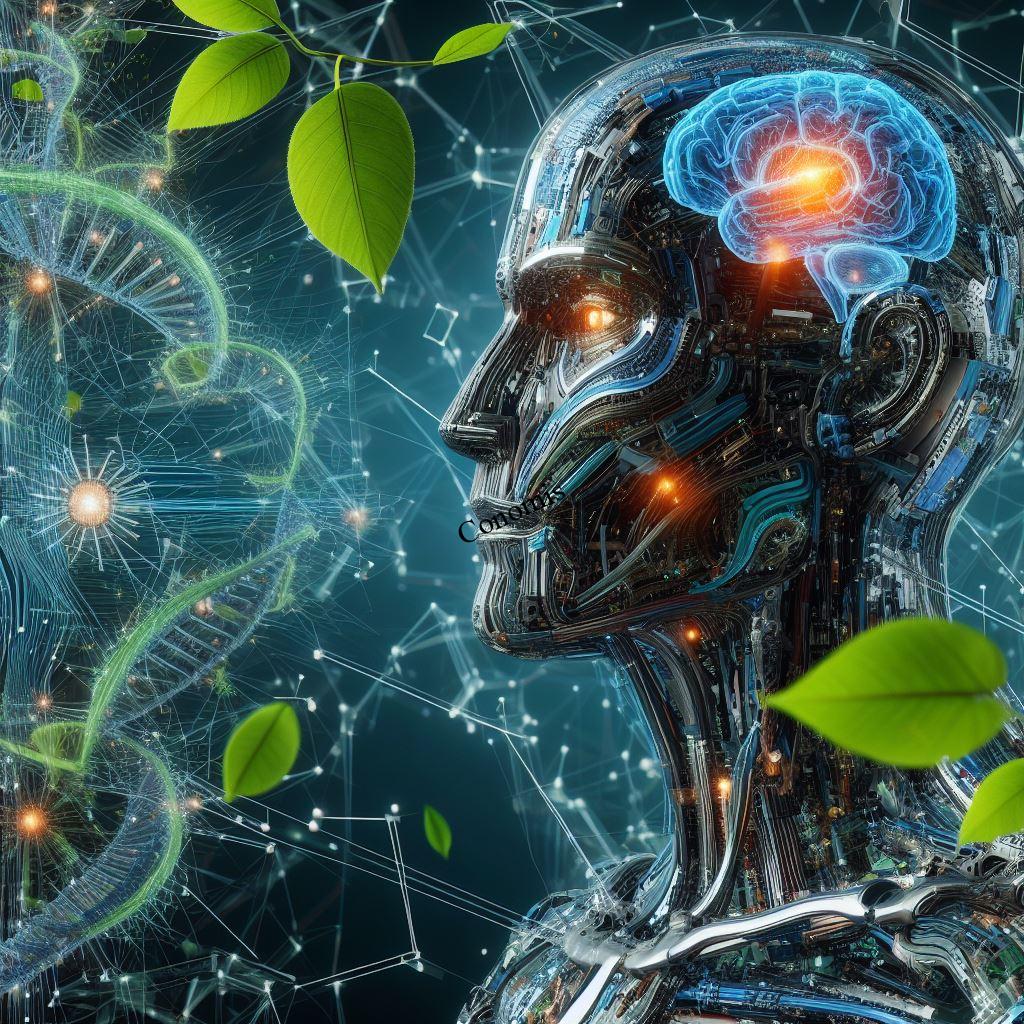
Now, you might wonder, why look to nature? Why not just invent something entirely new? The answer is simple: nature has had millions of years of trial and error to perfect its designs. Every wing flap of a bird, every glide, every twist and turn in the air, is a result of countless years of evolution. And bionics aims to harness this perfection. It seeks to understand the underlying principles of natural phenomena and then apply them to create innovative solutions for human challenges.
So, the next time you see a bird in flight or a fish swimming against the current, remember that there’s more to it than meets the eye. These natural wonders could very well be the inspiration for the next big breakthrough in bionics. As we continue to push the boundaries of what’s possible, bionics stands as a testament to human ingenuity and our eternal quest to learn from and coexist with nature. Let’s embark on this fascinating journey together, exploring the wonders of bionics and the promise it holds for our future.
History of Bionics
Early Inspirations and Inventions
The concept of bionics isn’t a modern-day marvel. In fact, its roots can be traced back centuries to some of the greatest minds humanity has ever known. One of the most iconic figures who dabbled in the realm of bionics was none other than Leonardo da Vinci. This Renaissance polymath, known for his art, was also a visionary in the fields of science and engineering.
Da Vinci’s notebooks are filled with sketches and designs that showcase his fascination with the natural world. Among his most famous designs are his flying machines, which were directly inspired by birds. He meticulously studied the anatomy of birds, observing the structure of their wings, the mechanics of their flight, and the intricacies of their movement. This wasn’t just a casual observation; it was an in-depth analysis aimed at understanding the principles of flight.
His designs, like the ornithopter, aimed to replicate the flapping motion of bird wings. While many of his inventions never saw the light of day during his lifetime, they laid the groundwork for future inventors and innovators. What da Vinci was doing, in essence, was bionics in its earliest form. He was trying to harness the genius of nature, to replicate its designs for human benefit.
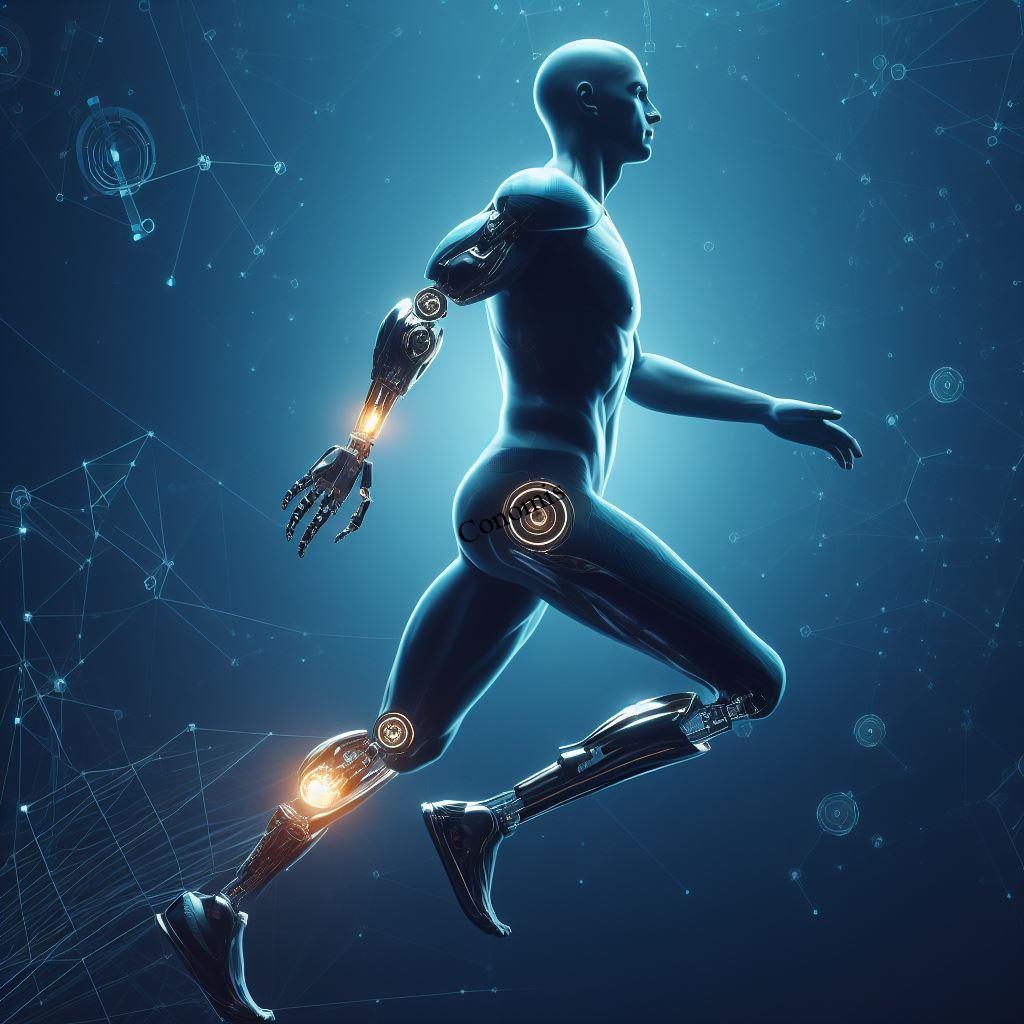
Today, when we talk about bionics, we often think of advanced prosthetics or bio-engineered tissues. But it’s essential to remember that the foundation of bionics was laid by observing and mimicking nature. Da Vinci’s endeavors serve as a testament to the timeless allure of bionics. His work reminds us that nature, with its millions of years of evolution, holds solutions to many of our challenges. All we need to do is observe, understand, and innovate.
As we delve deeper into the world of bionics, let’s take a moment to appreciate the pioneers like Leonardo da Vinci, who saw the potential of merging nature’s designs with human ingenuity.
Modern-Day Bionics
The realm of bionics has come a long way since its early conceptual days. While the foundational idea remains rooted in mimicking nature, the modern approach to bionics is far more sophisticated and integrated. Today, it’s not merely about replicating nature’s designs; it’s about seamlessly merging them with human biology to enhance or restore our natural capabilities.
Consider the marvels of bionic limbs. These aren’t just static replacements for lost limbs; they’re dynamic, responsive, and in some cases, can even surpass the capabilities of natural limbs. Advanced sensors, actuators, and microprocessors work in harmony to provide fluid movement, allowing users to perform tasks ranging from delicate actions like holding a glass to more robust activities like running or climbing. This is bionics at its best, where technology doesn’t just imitate but elevates human potential.
Then there are bionic eyes, a beacon of hope for those with visual impairments. These devices capture visual data through cameras and process it to send signals directly to the brain, bypassing damaged optical pathways. The result? A restoration of vision, or in some cases, an entirely new form of visual perception. It’s a testament to how bionics can bridge the gap between biology and technology.
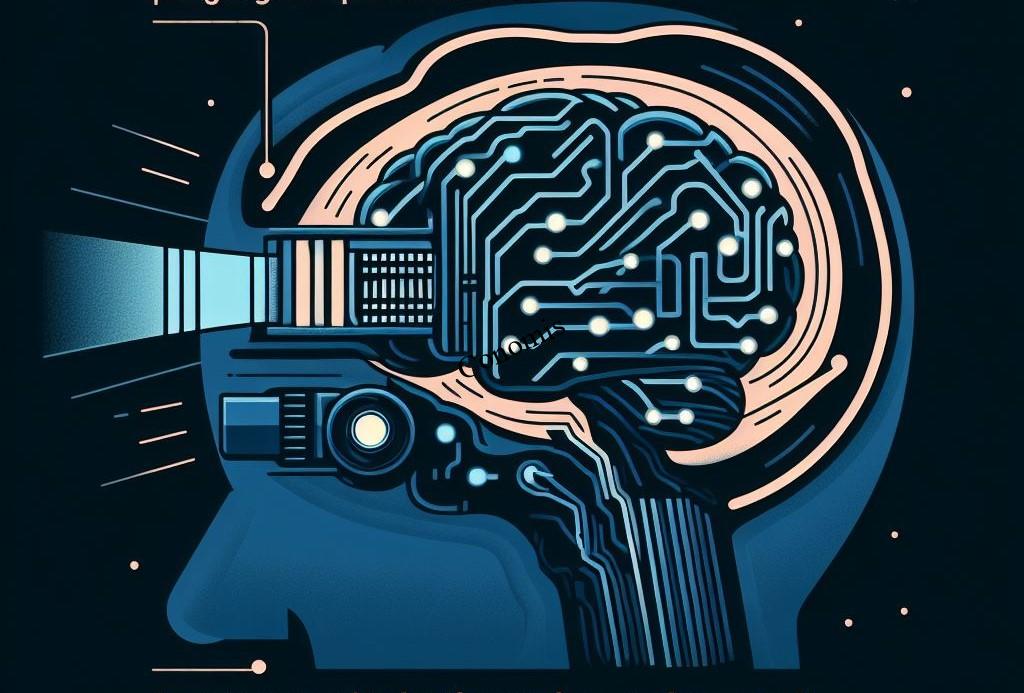
But the wonders don’t stop there. Imagine a world where damaged or failing organs aren’t just replaced but upgraded. Bionic organs, like hearts or kidneys, are on the horizon, promising not just extended lifespans but enhanced quality of life. These aren’t mere replacements; they’re improvements, designed to function optimally and reduce the risks of complications.
In essence, modern-day bionics is reshaping our understanding of what’s possible. It’s breaking down the barriers between man and machine, nature and technology. As we stand on the precipice of a new era, one thing is clear: bionics is not just about mimicking nature; it’s about transcending our natural limitations and forging a brighter, more capable future.
Understanding Bionics in Human Parts
Bionic Limbs
The loss of a limb can be a life-altering event, bringing with it a myriad of challenges both physical and emotional. However, the world of bionics has ushered in a new era of hope and possibilities for amputees. Gone are the days when prosthetics were merely passive, cosmetic replacements. Today’s bionic limbs are at the forefront of technological and medical innovation, promising not just restoration but enhancement.
Bionics has revolutionized the way we perceive prosthetics. Traditional prosthetics, while valuable, often lacked the dynamic functionality that a natural limb offers. But bionic arms and legs? They’re a game-changer. Embedded with sensors, powered by advanced algorithms, and driven by microprocessors, these limbs can detect muscle movements, interpret intentions, and execute actions with a fluidity that’s eerily reminiscent of natural limbs. This is bionics in action, turning the seemingly impossible into tangible reality.
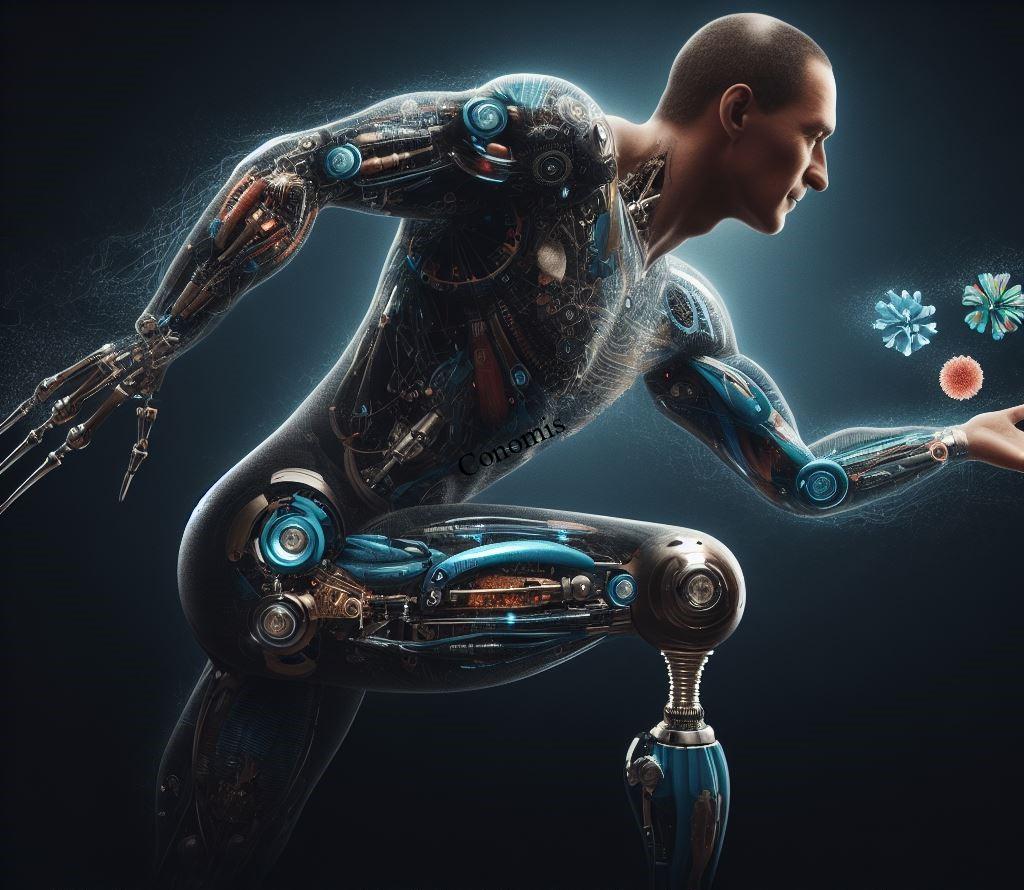
But it’s not just about replicating what was lost. Some bionic limbs are designed to offer capabilities beyond our natural anatomy. Imagine a leg that can adjust its length or a hand with 360-degree wrist rotation. These enhancements, while sounding like science fiction, are the goals that bionics researchers are fervently working towards. The objective? To ensure that individuals don’t just regain lost function but have the opportunity to experience abilities they never thought possible.
The journey of bionics in the realm of prosthetics is a testament to human resilience and ingenuity. It’s a story of how technology can be harnessed to overcome adversity, to turn loss into opportunity. As bionic limbs continue to evolve, they stand as a beacon of hope, a promise that challenges can be surmounted, and that the future, with the aid of bionics, can be brighter than ever before.
Bionic Eyes and Ears
The senses of sight and hearing are integral to our experience of the world. They connect us to our surroundings, to loved ones, and to the myriad of life’s moments. But for some, these senses are compromised, leading to a life in darkness or silence. However, the realm of bionics is bringing about transformative changes, turning what was once considered irreversible into a realm of possibilities.
Bionic eyes, a marvel in the world of bionics, are offering a glimmer of hope to those with visual impairments. These aren’t just rudimentary devices that detect light and shadow; they’re sophisticated systems designed to interface directly with the brain. Through a combination of cameras, microprocessors, and neural interfaces, bionic eyes capture and process visual data, translating it into signals that the brain can interpret. The result? A form of vision that, while different from natural sight, allows users to navigate their environment, recognize shapes, and in some cases, even perceive colors.
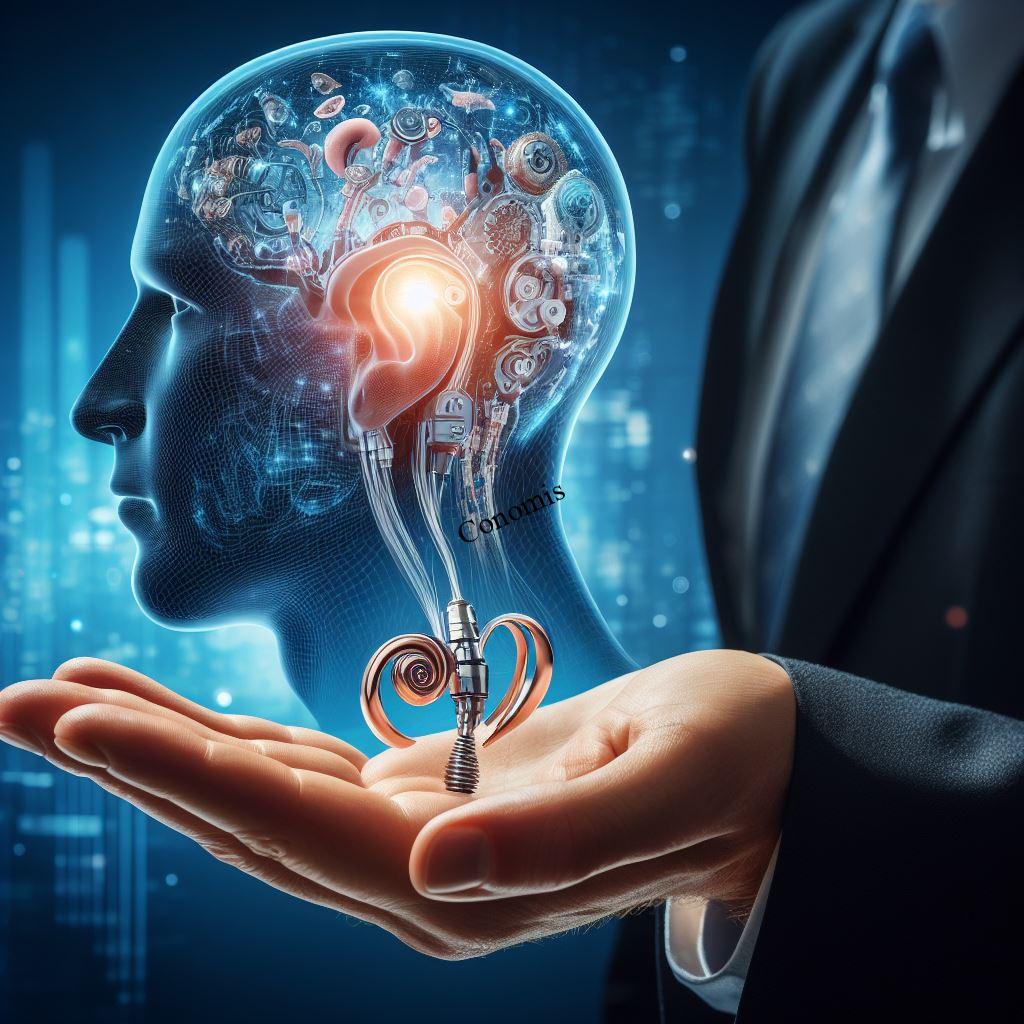
On the auditory front, bionic ears, or cochlear implants, are transforming the lives of the hearing-impaired. Traditional hearing aids amplify sounds, but for those with severe impairments, amplification isn’t enough. This is where bionics steps in. Bionic ears bypass the damaged parts of the ear, capturing sound signals and converting them into electrical impulses that stimulate the auditory nerve directly. The outcome is a restoration of sound perception, enabling users to engage in conversations, appreciate music, and reconnect with the auditory world.
The advancements in bionics related to eyes and ears are more than just technological feats; they’re deeply personal journeys of rediscovery. They represent the triumph of human innovation over challenges, proving that with determination, expertise, and the power of bionics, barriers can be broken, and dreams can indeed become reality.
Internal Bionics: Heart, Kidneys, and More
The human body is a marvel of nature, a complex interplay of systems working in harmony. But like any intricate machine, parts can wear out or malfunction. In the past, organ failure often meant a grim prognosis, with the hope hinging on the slim chances of a transplant. However, the field of bionics is changing this narrative, offering innovative solutions that promise not just extended lifespans but enhanced quality of life.
When we think of bionics, our minds often drift to external augmentations like limbs. But the true frontier of bionic innovation lies within our bodies. Consider the heart, a tireless pump that beats over 100,000 times a day. When it falters, the consequences can be dire. Enter bionic hearts, designed to mimic or even surpass the functions of a biological heart. These aren’t mere mechanical pumps; they’re sophisticated devices that can adjust their rhythm based on the body’s needs, ensuring optimal blood flow and oxygenation.
Then there are bionic kidneys, another marvel in the world of bionics. Traditional dialysis can be a taxing process, both physically and emotionally. Bionic kidneys aim to eliminate this need. These devices, still in developmental stages, seek to replicate the filtration and regulatory functions of biological kidneys, offering patients the freedom from regular dialysis sessions and the associated constraints.
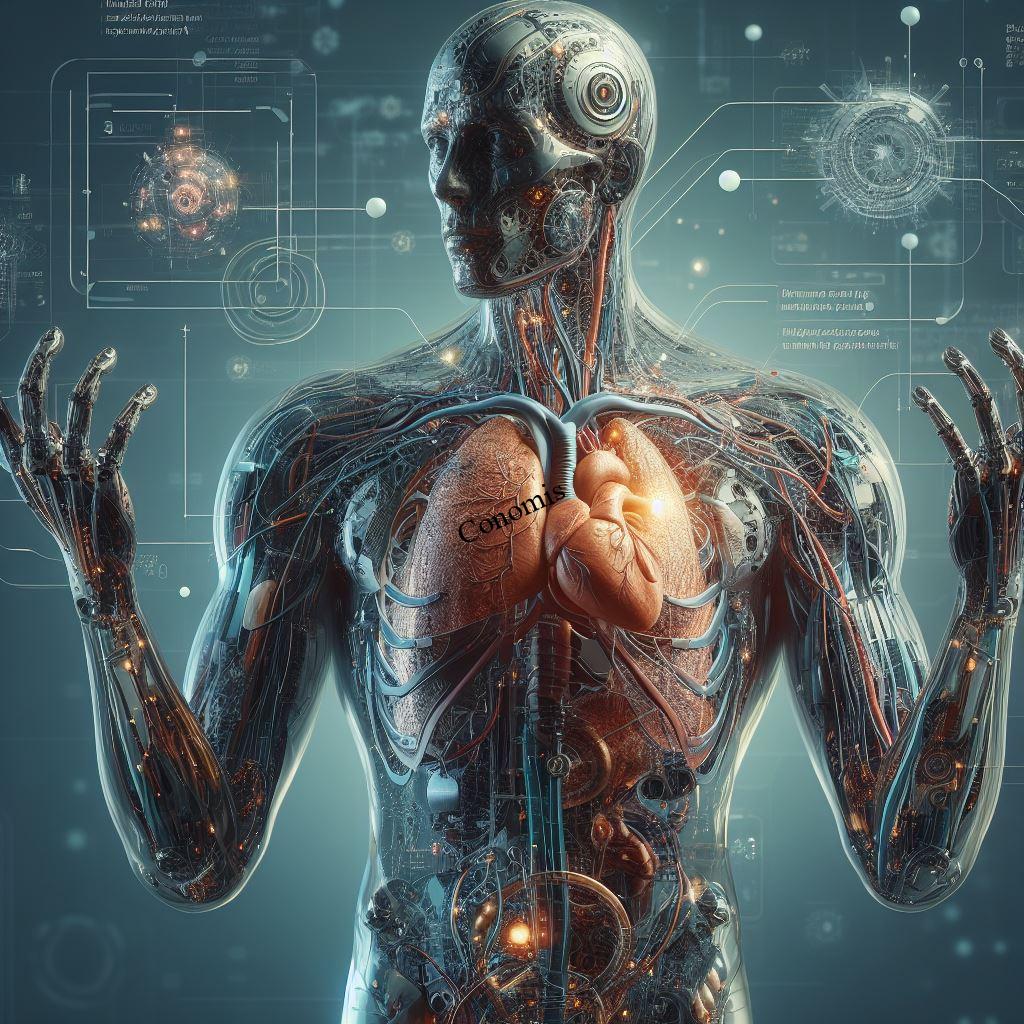
The realm of internal bionics doesn’t stop there. There’s research on bionic pancreases for diabetes management, bionic lungs for respiratory conditions, and even bionic neural interfaces to combat neurodegenerative diseases. Each innovation, each breakthrough, represents a beacon of hope, a testament to human ingenuity.
In essence, internal bionics is not just about replacing what’s lost; it’s about redefining the boundaries of human potential. As we stand on the cusp of these medical revolutions, one thing becomes clear: with bionics, a second chance at life isn’t just a possibility; it’s a promise.
Benefits of Bionic Technologies
Restoring Lost Functions
Life is unpredictable. One moment, everything can be perfectly in place, and the next, an accident, disease, or birth defect can alter the course of existence. These challenges, often daunting, can strip away basic functions we often take for granted. The ability to see a sunset, hear a loved one’s voice, or even walk in a park can become distant memories. But in the face of these adversities, bionics emerges as a beacon of hope, promising not just restoration but a renewed sense of purpose.
The realm of bionics is not just about creating futuristic gadgets or pushing the boundaries of what’s technologically possible. At its heart, bionics is about humanity. It’s about understanding the profound impact of lost functions and dedicating resources, research, and innovation to address these challenges. Whether it’s a bionic limb that allows an amputee to dance again or a bionic eye restoring sight to someone who’s been in darkness, the transformative power of bionics is undeniable.
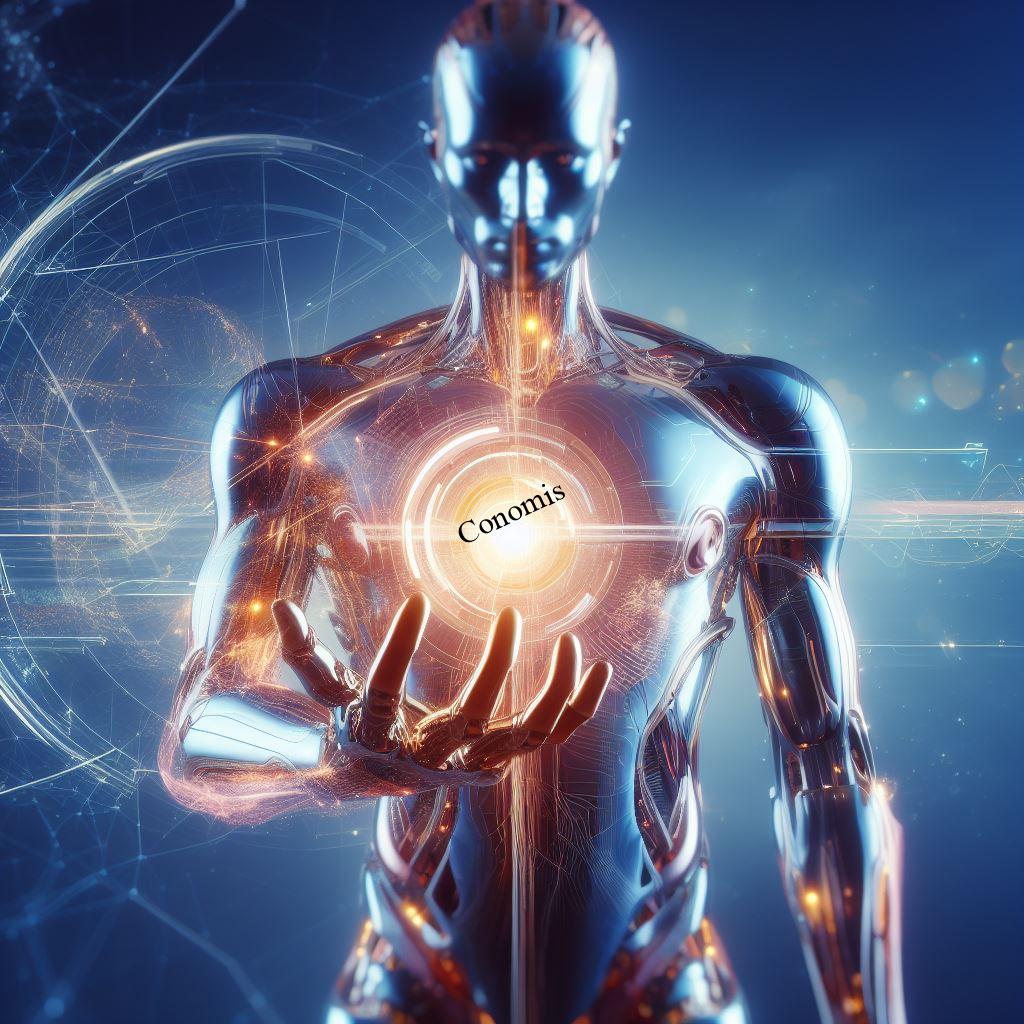
But it’s not just about the physical. The psychological and emotional uplift that bionics can provide is immeasurable. Imagine the joy of a mother hearing her child’s laughter after years of silence or the sheer determination of an accident victim taking their first steps with a bionic leg. These moments, profound in their simplicity, underscore the impact of bionic innovations.
In a world where uncertainties abound, and challenges can spring up unexpectedly, bionics stands as a testament to human resilience and ingenuity. It’s a field that continuously evolves, driven by a singular mission: to give back what was lost and to ensure that every individual, regardless of their challenges, has the opportunity to live a fulfilling life.
In the face of adversity, bionics doesn’t just offer hope; it delivers on it, turning dreams into tangible realities and redefining the limits of possibility.
Enhancing Human Abilities
While the marvels of bionics have often been celebrated for their restorative capabilities, there’s another dimension to this field that’s equally, if not more, exhilarating: the potential to enhance human abilities beyond our natural limits. Imagine a world where the boundaries of human potential are not just pushed but shattered, where our innate capabilities are amplified to levels previously deemed impossible. This is the promise that bionics holds for the future.
The human body, as incredible as it is, has its limitations. We can’t see beyond certain wavelengths, our speed and strength have upper bounds, and our senses can only perceive so much. But what if we could change that? What if, through bionics, we could see in complete darkness, run at speeds that rival the fastest animals, or even hear frequencies beyond the natural human range? It’s not just the stuff of science fiction; it’s the direction in which bionic innovations are heading.
Consider bionic legs designed not just to match, but to exceed the strength and speed of biological legs. Or bionic eyes equipped with infrared or ultraviolet capabilities, allowing us to perceive the world in ways we’ve never imagined. These enhancements, while sounding fantastical, are becoming tangible goals for researchers in the field of bionics.

But it’s not just about physical enhancements. Think of bionic neural interfaces that could potentially boost cognitive abilities, enhance memory, or even allow direct brain-to-brain communication. The possibilities are boundless.
In essence, bionics is redefining what it means to be human. It’s challenging our perceptions of normalcy and urging us to dream bigger, to envision a future where humans are not confined by their biology but are empowered by it. As we stand on the brink of these transformative changes, one thing is clear: with bionics, the future of human evolution is not just about survival; it’s about thriving in ways we’ve only dared to dream.
Challenges and Ethical Considerations
The Balance of Man and Machine
In our relentless pursuit of progress, the lines between man and machine are becoming increasingly blurred. With the advancements in bionics, we find ourselves at a crossroads, grappling with profound philosophical and ethical questions. How much augmentation is too much? At what point do we risk losing the essence of our humanity to the allure of machine-like efficiency and capabilities?
Bionics offers incredible potential. From restoring lost functions to enhancing our natural abilities, the possibilities seem endless. But with every leap forward, we must pause and reflect on the implications. While a bionic limb or organ can be life-changing, what happens when we start enhancing our bodies purely for the sake of enhancement? When we modify not out of necessity, but desire?
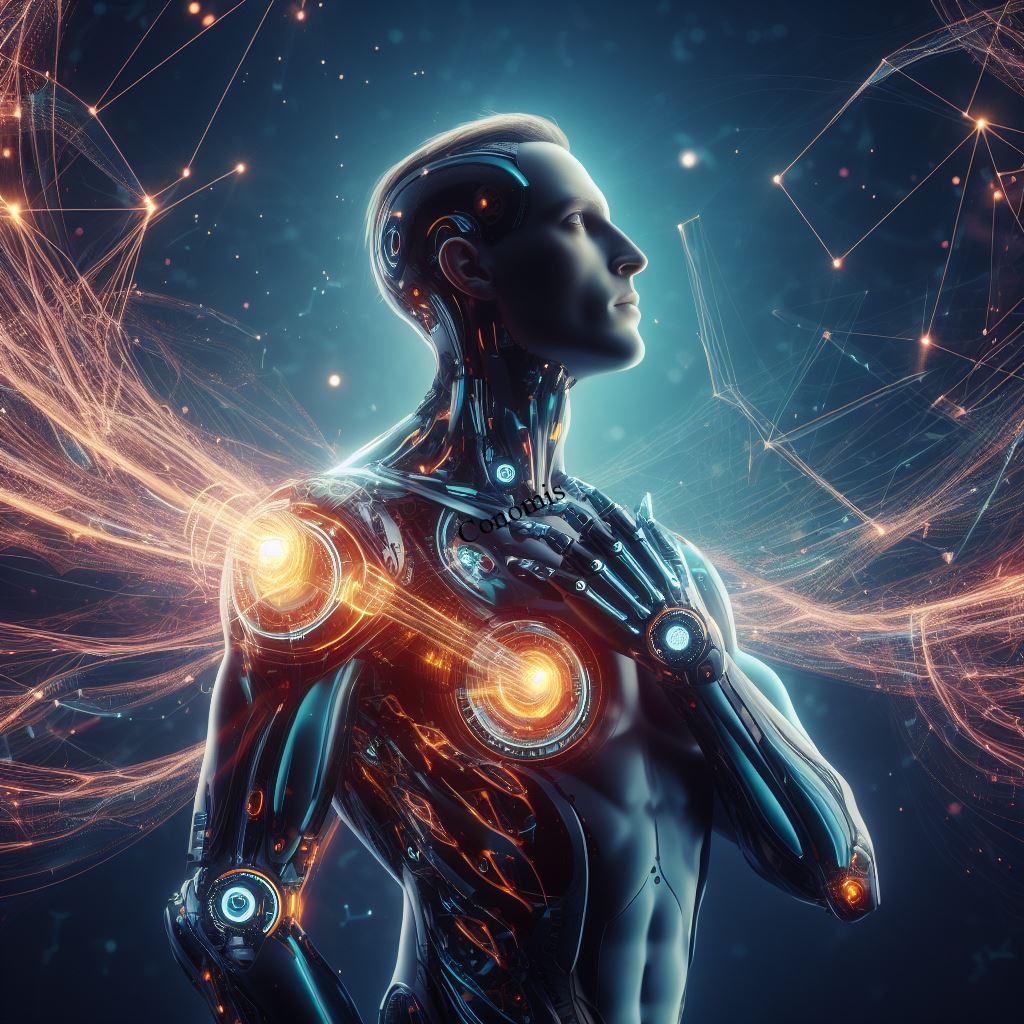
The balance between man and machine is delicate. On one hand, we have the potential to overcome our biological limitations, to live healthier, longer, and more capable lives. On the other, there’s the risk of becoming so intertwined with technology that we lose sight of what makes us inherently human. Emotions, experiences, vulnerabilities – these are the facets of our existence that define us. Can they coexist with a heavily augmented reality?
As we delve deeper into the world of bionics, these questions become paramount. It’s not just about technological feasibility but about moral and ethical considerations. The journey ahead is uncharted, filled with promise and challenges. As we navigate this terrain, the balance between man and machine will be pivotal, guiding us towards a future where technology enhances humanity, not replaces it.
Ethical Implications of Enhancement
The advancements in bionics have opened doors to possibilities once confined to the realms of science fiction. From restoring lost functions to pushing the boundaries of human capabilities, the potential seems boundless. But with this potential comes a pressing and complex question: Just because we can enhance, does it mean we should?
The ethical landscape surrounding bionics is intricate. On one hand, there’s the undeniable benefit of improving the quality of life for many, especially those who’ve suffered due to accidents, diseases, or congenital conditions. If technology can offer them a semblance of normalcy or even superior capabilities, isn’t it our responsibility to provide it?
However, the other side of the coin presents a murkier picture. When we move beyond restoration and into the realm of pure enhancement, the ethical waters become muddied. If we enhance our cognitive abilities, physical strengths, or sensory perceptions purely for the sake of ‘upgrading’ ourselves, where do we draw the line? Could this lead to a societal divide between those who can afford enhancements and those who can’t? Might we inadvertently create a class of ‘superhumans’, thereby deepening socio-economic disparities?
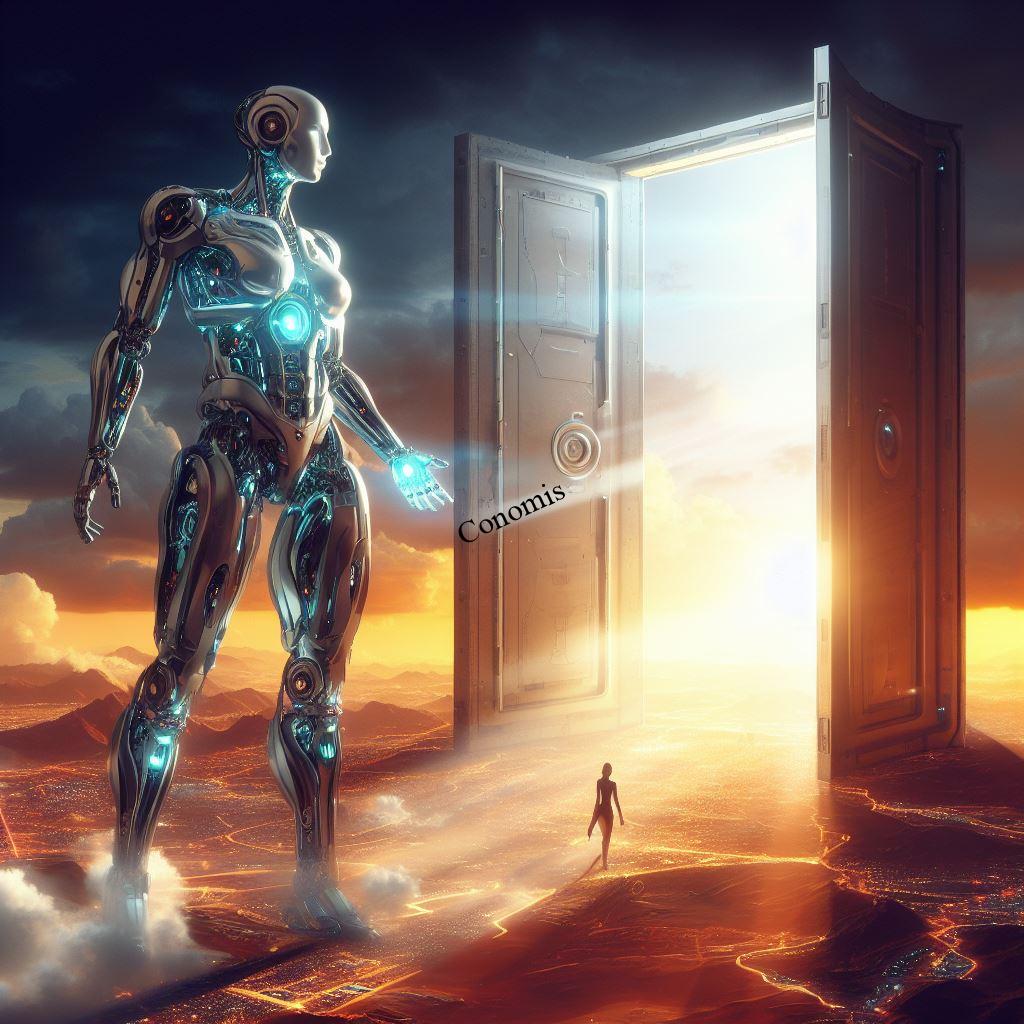
Furthermore, there’s the question of identity. If we alter ourselves too much, do we risk losing the essence of who we are? What does it mean to be human in a world where biology and technology are becoming indistinguishable?
As the field of bionics continues to evolve, these ethical considerations must be at the forefront of discussions. It’s a delicate balance between harnessing technology for the greater good and ensuring we don’t lose sight of our core values and humanity.
The Future of Bionics
Predictions and Innovations
The realm of bionics is in a state of rapid evolution, with each passing year bringing forth innovations that challenge our understanding of what’s possible. As we stand on the cusp of a new era, the predictions surrounding bionic advancements are both thrilling and transformative.
Imagine a world where bionic suits become a common sight. These aren’t just the stuff of superhero movies; they’re practical tools designed to augment human strength. Construction workers lifting heavy beams with ease, firefighters rescuing people without the strain, or elderly individuals regaining mobility – the applications are vast. These suits, powered by the principles of bionics, could redefine labor, rescue operations, and even daily life.
But the innovations don’t stop at physical enhancements. Delve deeper into the realm of bionics, and you’ll find research on bionic implants designed to boost cognitive functions. Think of a chip that enhances memory recall, aids in faster learning, or even allows for direct interfacing with digital devices. The line between the organic and digital world might become so blurred that accessing information or communicating could be as intuitive as breathing.
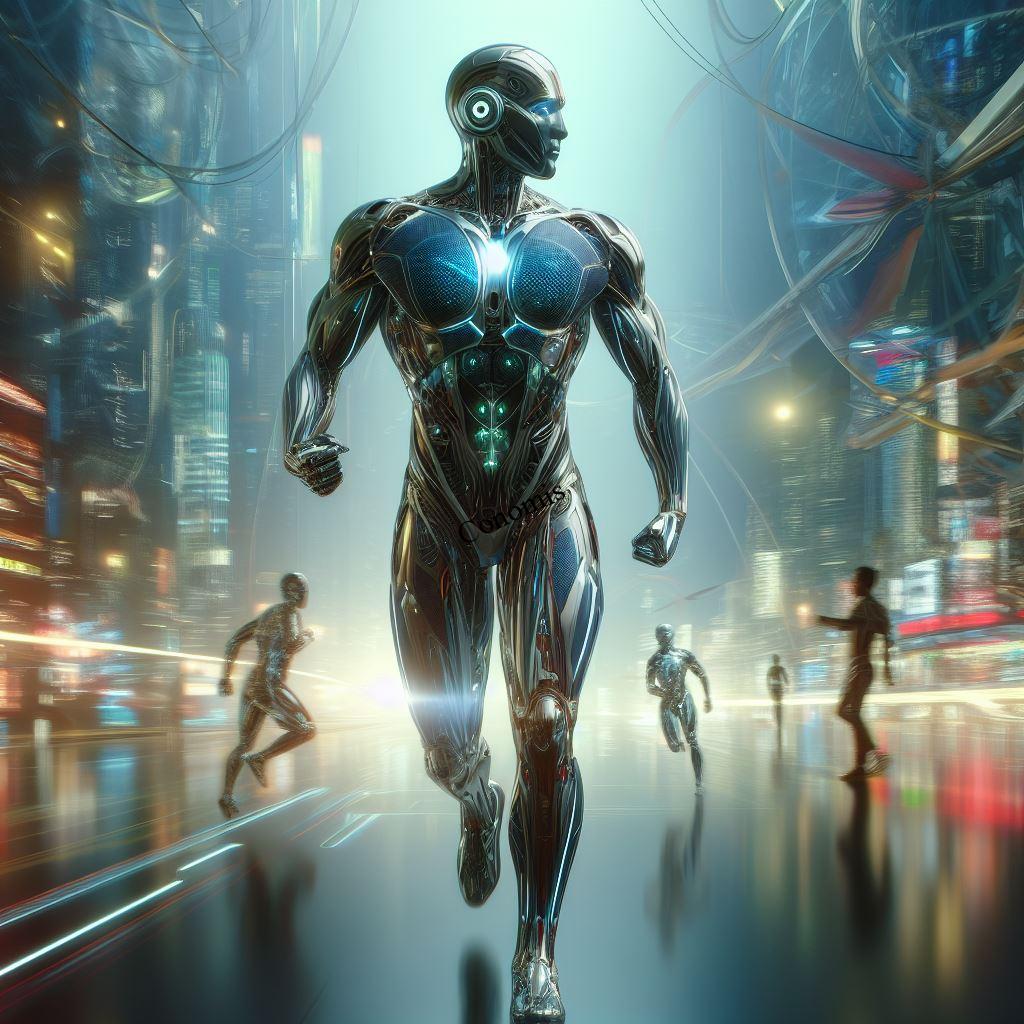
While these predictions might sound like they’re pulled from a sci-fi novel, they’re grounded in ongoing research and development. The trajectory of bionics suggests a future where our natural limitations are not barriers but starting points, where innovation continuously pushes the envelope.
As we look to the horizon, one thing is clear: with bionics leading the way, the sky isn’t just the limit; it’s the beginning of endless possibilities.
Bionics in Space and Exploration
The vast expanse of space, with its infinite mysteries and hostile environments, has always beckoned humanity. As we set our sights on distant planets and galaxies, the challenges of space exploration become increasingly evident. Extreme temperatures, radiation, and the sheer vastness of space present hurdles that seem insurmountable. However, bionics might just be the key to unlocking our potential as interstellar explorers.
Bionic enhancements could be tailored to help humans withstand the harsh conditions of space. Imagine a bionic suit designed not just for strength, but to regulate body temperature in extreme cold or heat, filter out harmful radiation, and even assist in oxygen regulation. These suits, inspired by the principles of bionics, could mimic certain organisms that thrive in extreme Earth environments, allowing astronauts to operate in space with reduced risk.
Beyond physical challenges, the vast distances involved in space travel pose cognitive and psychological challenges. Here too, bionics offers solutions. Bionic implants could enhance cognitive functions, allowing astronauts to process information faster, remain alert for extended periods, or even interface directly with onboard systems, streamlining operations.
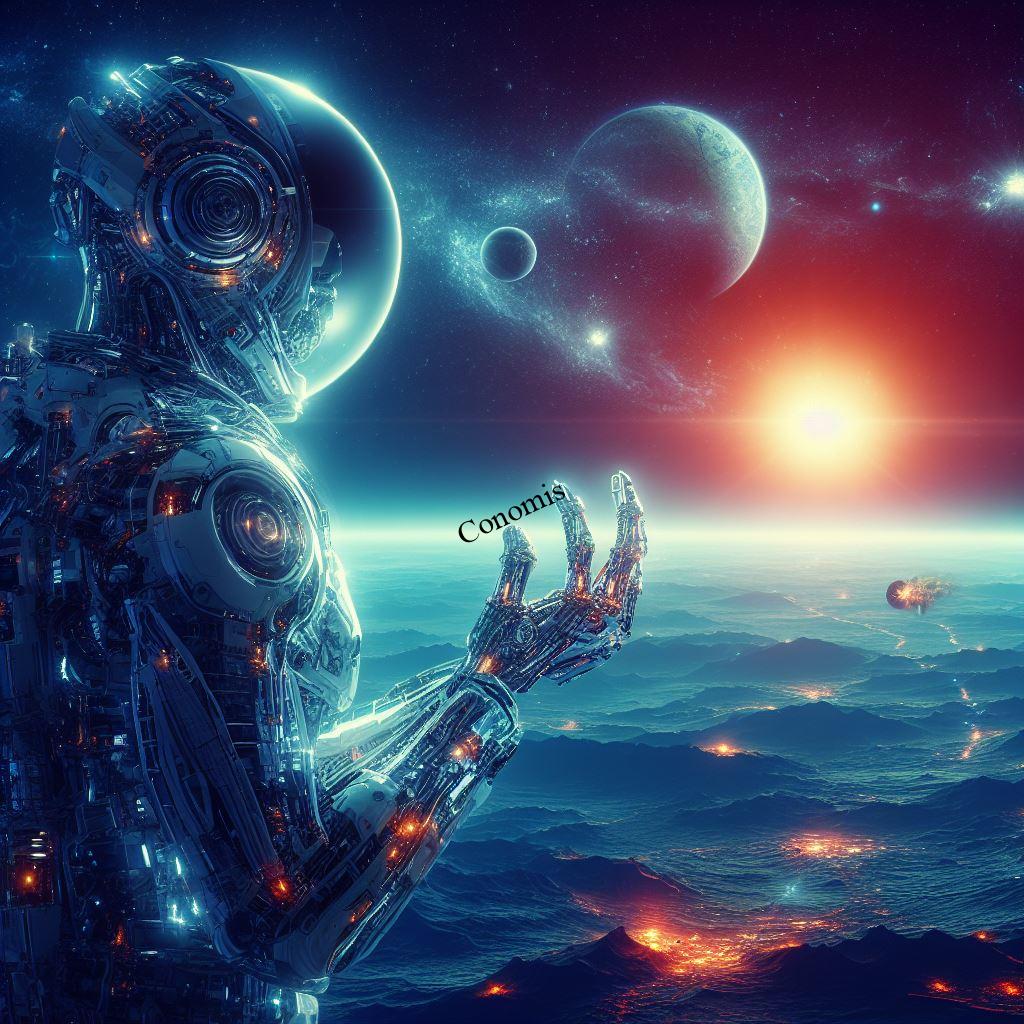
Moreover, as we think of colonizing other planets, the ability to adapt to different gravities, atmospheres, and terrains becomes crucial. Bionic limbs and organs, tailored for specific planetary conditions, could be the difference between mere survival and thriving.
In essence, as we stand on the threshold of a new era of space exploration, bionics presents a compelling toolkit. It offers the promise of turning humans from Earth-bound beings to true citizens of the cosmos, capable of exploring the unknown and making the universe a little more familiar.
Conclusion
Throughout history, humanity has showcased an insatiable curiosity and an innate desire to push boundaries. From the earliest tools crafted by our ancestors to the sophisticated technologies of today, our journey has been marked by innovation and progress. At the heart of this journey lies bionics – a field that epitomizes the fusion of biology and technology, embodying our aspirations and capabilities.
Bionics is not merely a technological marvel; it’s a reflection of our deep-rooted connection with nature. It’s about observing the genius of natural designs, understanding their intricacies, and then translating them into solutions for modern challenges. Whether it’s mimicking the flight of birds to design better aircraft or emulating the human eye to create advanced visual prosthetics, bionics draws inspiration from the world around us.
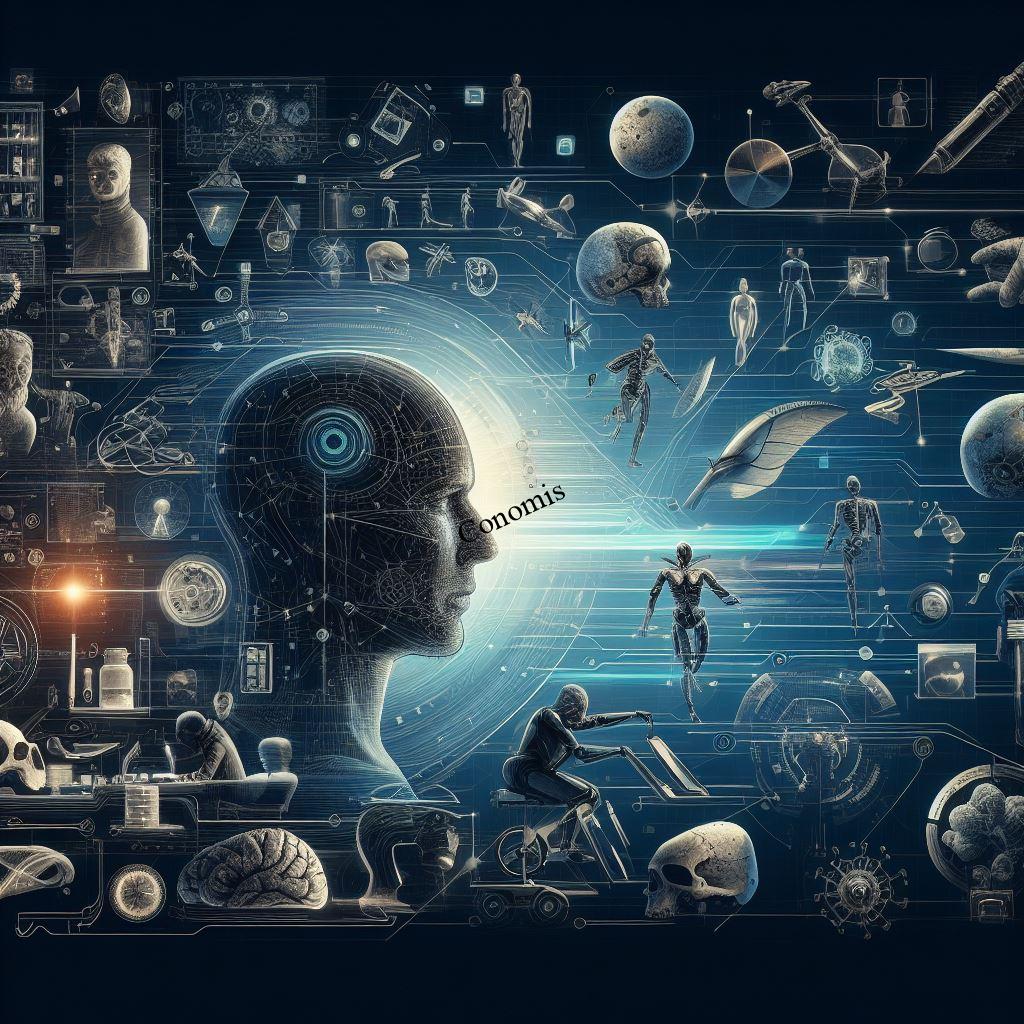
But beyond the tangible innovations, bionics represents something profound. It stands as a testament to human ingenuity, our ability to adapt, and our unwavering spirit of exploration. It reminds us that even in the face of adversity, be it physical limitations or environmental challenges, we possess the creativity and determination to find solutions.
As we venture into the future, the symbiotic relationship between man and machine will only deepen. Bionics will play a pivotal role, shaping our evolution, enhancing our capabilities, and redefining what it means to be human. As we stand at this exciting crossroads of biology and technology, gazing into the horizon of possibilities, one thing becomes abundantly clear: the future isn’t just influenced by bionics; the future is bionic!
FAQs
What exactly is bionics?
Bionics is the study and design of systems, especially electronic systems, that function by mimicking natural biological processes. It’s about integrating nature’s solutions into technological advancements.
How do bionic limbs differ from regular prosthetics?
While traditional prosthetics aim to restore basic function and appearance, bionic limbs are designed to replicate, and in some cases, enhance the natural movement and capabilities of the lost limb, often using advanced technology and sensors.
Are there any risks associated with bionic implants?
As with any medical procedure or implant, there are potential risks. These can range from surgical risks to the body rejecting the implant. It’s essential to consult with medical professionals to understand the specific risks and benefits.
How will bionics shape the future of human evolution?
Bionics has the potential to redefine human abilities, from restoring lost functions to enhancing our natural capabilities. It could lead to a future where humans can adapt to various environments, challenges, and even explore space more efficiently.
Are there ethical concerns surrounding the enhancement of human abilities through bionics?
Yes, there are ongoing debates about the ethical implications of human enhancement. Questions arise about the balance between humanity and machinery, the potential socio-economic divides it might create, and whether we should enhance human abilities just because we can.
You Can Also Read
https://en.wikipedia.org/wiki/Bionics
Conomis Thoughts
![]() Copyright 2023 CONOMIS
Copyright 2023 CONOMIS

